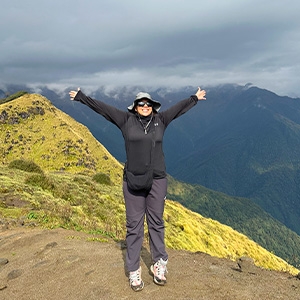1. Squat Toilet and No Shower: The True Hygiene Deal
If you’re used to Western-style bathrooms, the Himalayas might deliver a bit of culture shock. In most teahouses, especially in higher or remote areas, squat toilets are the norm, a hole in the ground with a ceramic base, sometimes with a flush bucket, sometimes just a pit. Toilet paper? Rarely provided. You’ll need to bring your own, along with hand sanitizer, because soap is hit-or-miss.
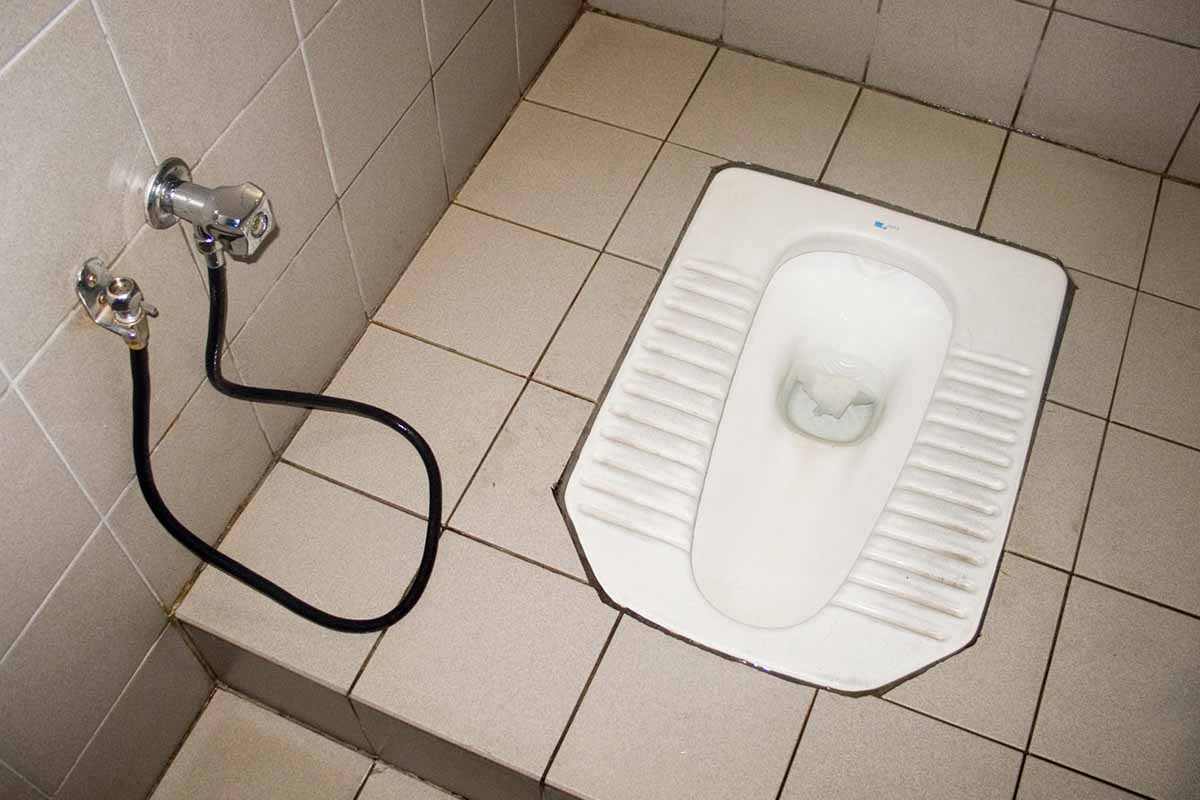
And when it comes to showers, don’t count on a hot one every day. In fact, hot water is a luxury, often solar-heated, and sometimes charged extra. Above a certain altitude, it gets too cold to even consider bathing. Many trekkers go three to five days without a shower, relying instead on wet wipes, face cloths, and dry shampoo.
It's a challenge initially. But you become familiar with it quickly. Everybody smells somewhat, nobody actually cares. You start to embrace the mud and focus on what you should be concerned about: the mountains, the hike, and that great first hot shower when you finally arrive back in the city.
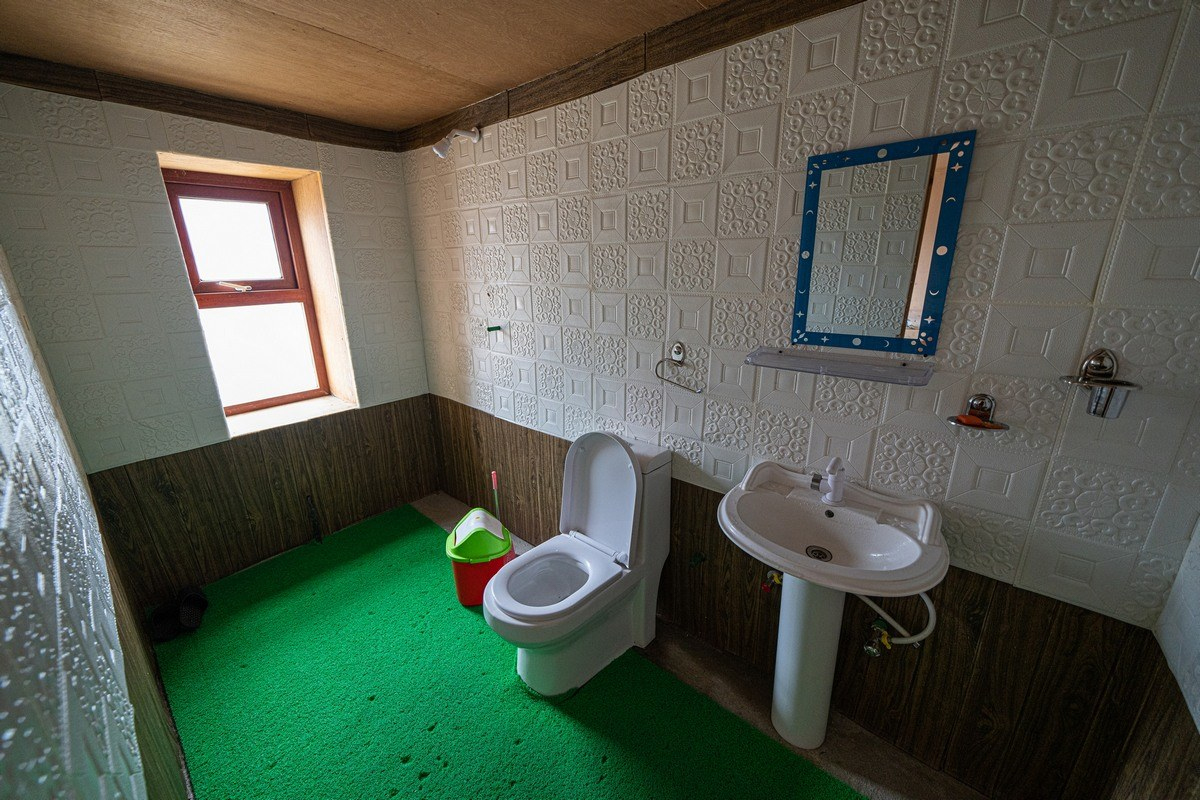
2. You Might Share a Room with a Stranger
Forget the luxurious hotel rooms in the Himalayas, dorm-style accommodation is the standard, particularly in tea houses along the popular trekking trails. Most rooms are basic with twin arrangements: two single beds, a small table, and extremely thin wooden partitions that can allow each creak, cough, and snore through.
In the high-altitude villages, where there are few rooms, you may be asked to share your room with another trekker even if you have come alone. To begin with, it may not be comfortable, sharing a space with someone you do not know, exchanging tales under sleeping bags instead of sheets. That’s where the magic happens, though.

You bond quickly in the mountains. When you both spend hours along snowy trails, use the same squat toilets, and are similarly mesmerized by the snow-covered peaks outside your hotel room window, strangers quickly become friends. You can find yourself swapping snacks, trading trail tips, or chatting until the late hours of the night — sometimes in two languages.
By the time you finish the hike, you might not even know anymore how odd it was to start with. In fact, that stranger you shared a room with might become a lifelong trekking partner.
3. The Unexpected — Yaks, Leeches & Landslides
Himalayan trekking isn't just about stunning sunrises and prayer flags, it's also about the wilderness of the trail.One minute you might be walking peacefully along a dense pine forest, the next you're waiting patiently in line behind a yak caravan on a twisting ridge, dodging the wind and hoping not to be shoved over the edge. Yaks are the Himalayas' woolly trucks: strong, slow-moving, and less than willing to give way. Always keep to the inside of the path, especially when they are passing. Safety first!
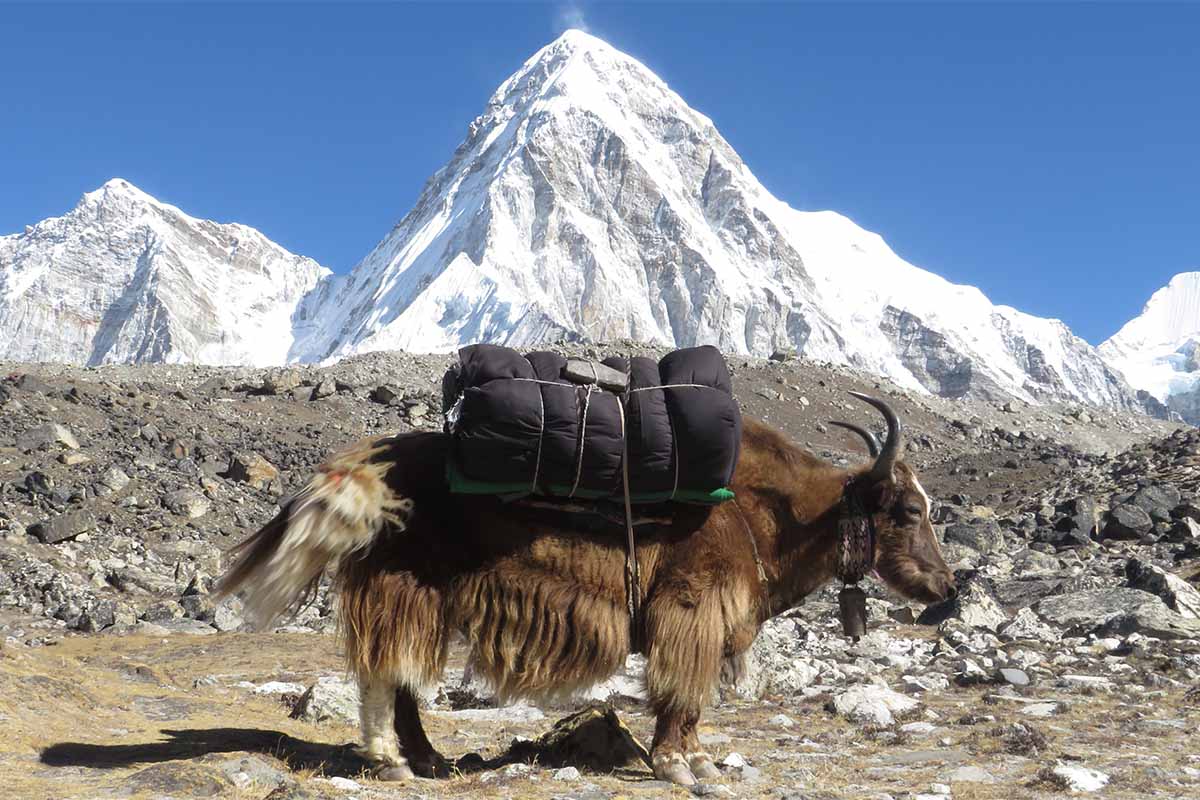
If you're trekking in monsoon or in wet lower regions like Annapurna or Langtang, beware of the leeches. These little hitchhikers quietly crawl up onto your socks or legs, and you may not even notice them until you notice blood trickling through your boots. It's more frightening than anything, but harmless. Salt, Dettol, or even flicking them off with a stick works wonders.
And then there's the terrain itself. The Himalayas aren't fixed, but dynamic and alive. You might have to encounter landslides, loose rocks, or pitted roads before you. Within a few minutes, fog may roll in and hide it all in a white mist. Or, higher up, a blizzard may strike and force you to give up the journey altogether. And a-top all that, the ever-present danger of altitude sickness, and you've got yourself one heck of an adventure.
It's harsh, unpredictable, and sometimes clumsy, but that's also what gives the Himalayas this unvarnished, honest feel. Each step contains the surprise, and that's what makes a trek into a legend.
4. The Tea May Be Sweet, but the Mornings Are Bitterly Cold
The alarm rings at 5 AM, and you stretch half-asleep from your sleeping bag, already fearing the chill air in store outside. Mornings in the Himalayas are mostly chill,y even in the middle of spring or fall, your breath fogs the room, and your fingers freeze while attempting to lace up boots.
It's in those quiet, shaking moments that you question everything: Why am I doing this? Why did I abandon the warmth of my bed at home? But then comes the knock on the door, a soft voice saying, "Chiya ready!"
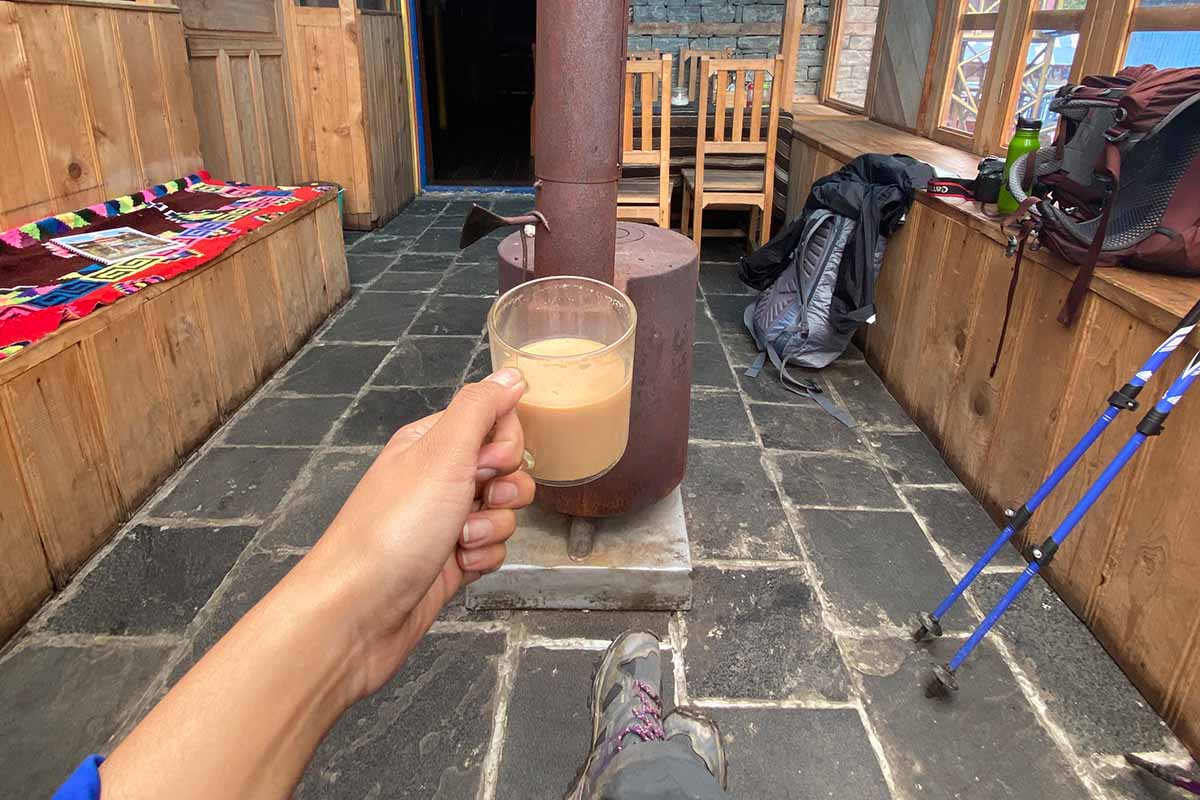
A steaming cup of sweet local milk tea, served with genuine warmth by your teahouse host, melts the cold away, if only for a moment. It’s thick, creamy, and often a little too sweet, but up here, it’s the best thing you’ve ever tasted.
And then the enchantment starts. You step outside, all wrapped up, and behold the first golden radiance spill down snowy peaks. The world feels still, sacred. Breathing is slowed, thoughts clarified, and suddenly you remember: this is the reason you have arrived.
The mornings are tough, but they provide you with the most endearing Himalayan moments, tea in hand, heart full, and mountains bathed in light all over.
5. Food Is Simple— and Repetitive
While trekking in the Himalayas, food is comfort and fuel, however not the kind of five-star experience. The undisputed trail king is Dal Bhat: a nourishing plate of steamed rice, lentil soup, and vegetable curry. It's hot, filling, and better still, unlimited refills, something each hungry trekker comes to love.
But by five or six days, even the most enthusiastic Dal Bhat fan will be craving some variety. And teahouse menus will surprise you with options like pasta, fried rice, chow mein, pancakes, momo, and even yak cheese pizza in some places. But there's a catch: all of what you eat has traveled by porter, donkey, or yak. That means minimal ingredients and freshness are not always guaranteed.

Instant noodles, steamed potatoes, Tibetan bread, and eggs are staples, hot, wholesome, and relatively simple to prepare at high altitude. And while the food is not fancy, there is the pure joy of hot food after a cold, exhausting ascent.
So yes, the food might feel. But after hours of trekking, even a plain plate of noodles and hot sauce is a banquet. And believe us: Dal Bhat Power really lasts 24 hours.
6. Locals Will Melt Your Heart with Their Hospitality
This is the part that guidebooks usually leave off: the hospitality of the locals who live in the Himalayas. No matter the distance of the village or the harshness of the trail, you'll be received with smiles warmer than the sun on a clear mountain morning. From Sherpas leading you across snowy passes to Tamang grandmothers pouring hot butter tea with their old hands, their hospitality is as natural as the breeze.
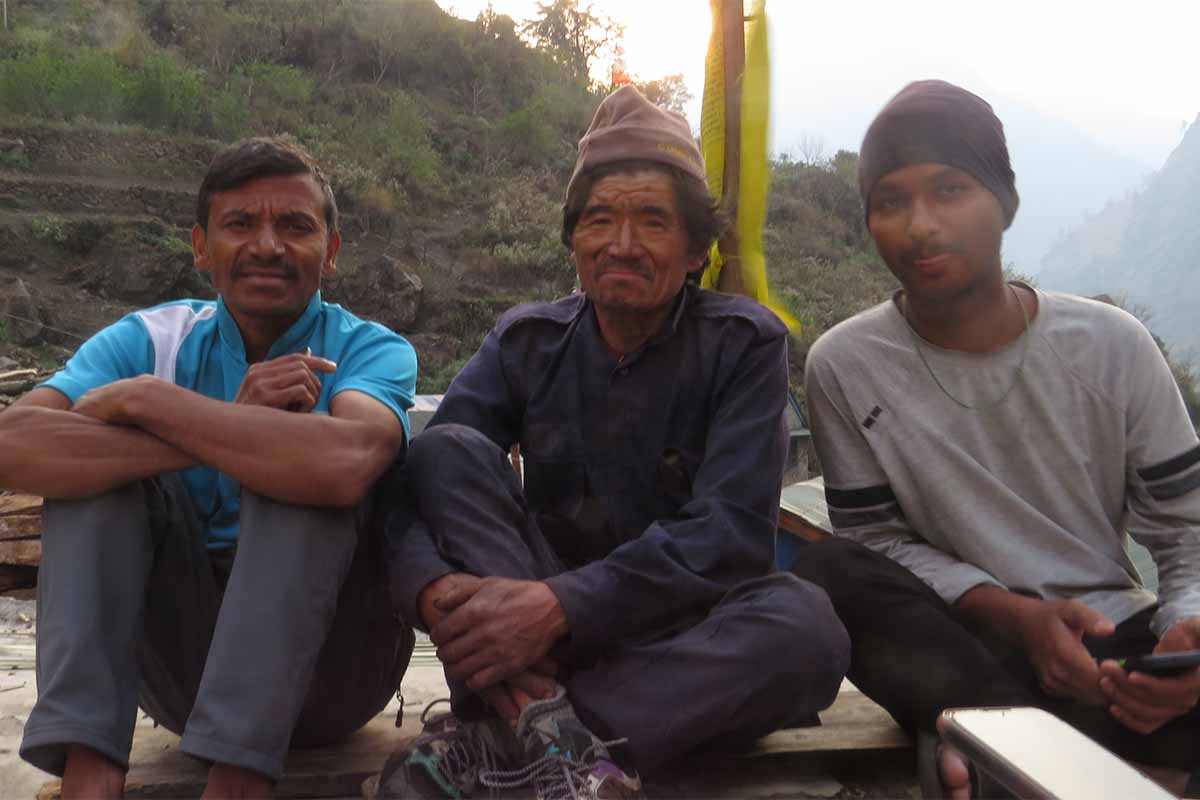
You may come exhausted, chilled, and dusty, but you'll be treated like family. You won't be shocked if you're invited into the kitchen for a taste of freshly cooked food or to sit by the stove to warm your hands. These wholesome moments, sitting cross-legged on a wicker bed, hearing stories from your host, or smiling with children who wave from stone windows, linger long after the trek is over.
In a country where life is simple and nature is unforgiving, generosity becomes a way of life. It makes you understand that the most beautiful thing about your Himalayan adventure might not be the mountains themselves, but the men and women who call them home.
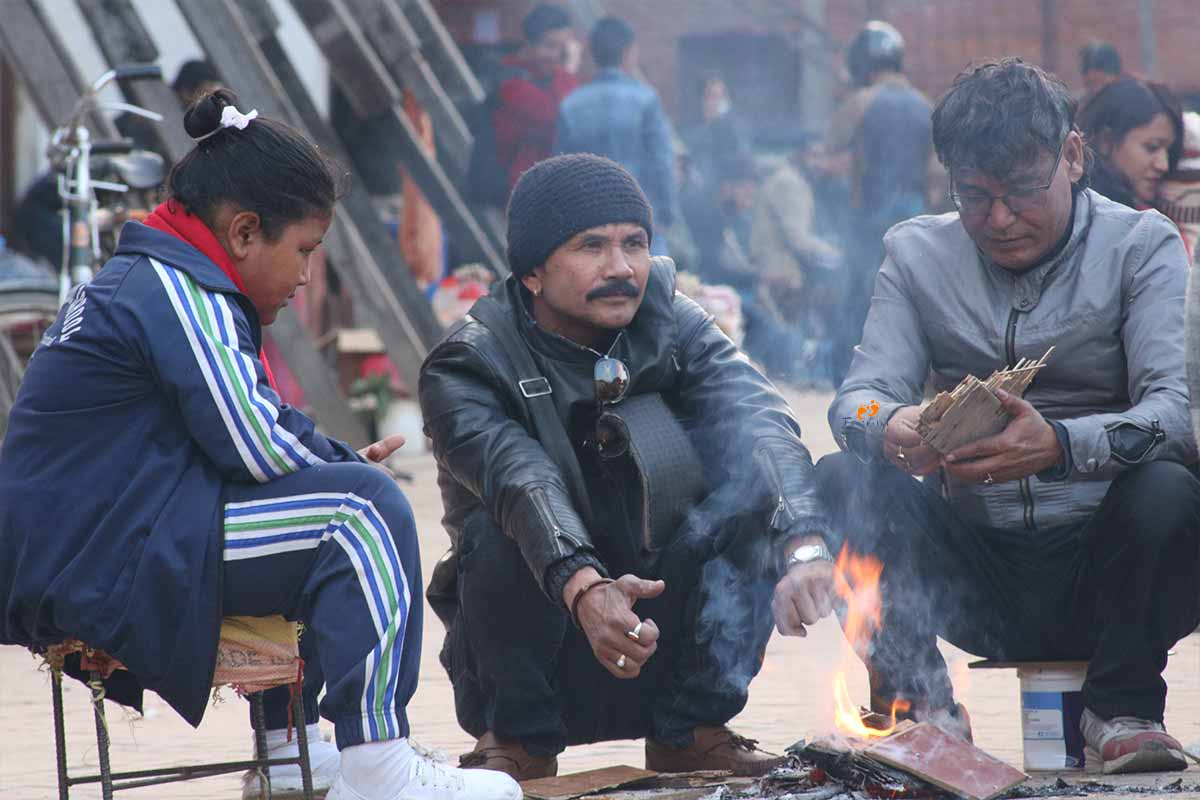
7. Sleep Can Be… Weird
One thing most trekkers aren't prepared for? How strange is sleep at high altitude?
In spite of a long day on the trail, sleep is not always easy. Cold creeps through the wall, mattresses are thin and hard, and blankets are scratchy at best. Add a snoring roommate or someone rustling around in their sleeping bag, and it is anything but peaceful.
But what thoroughly disturbs you is the effect of altitude on sleep. You can lie awake for a very long time, find it hard to breathe properly when sleeping, or wake up gasping in the middle of the night. Some trekkers also share that they experience vivid, bizarre dreams that seem far too real. Others develop pounding headaches that simply disappear when the sun rises.
It's not the most comfortable experience, but it's doable. A warm, quality sleeping bag, decent earplugs, and a bit of patience go a long way. And though it's not the most sleep of your life, there's something odd about waking up and having the mountains right outside your window.
8. Wi-Fi and Charging? Pay Up or Switch Off
Yes, Wi-Fi is available on most popular trails in Nepal, yet don't expect Netflix or seamless video calls from 3,000 meters above. It's patchy, slow, and usually costs you. There are boards that say "Wi-Fi available: Rs. 500" at teahouses, only to realize it doesn't even load a text message.
Charging your phone and other devices? Same. Most villages rely on solar panels or mini hydro power, so electricity is precious. You'll generally have to pay to charge your phone, camera, or power bank also the plugs will be scarce. Forget about charging all your devices at once.
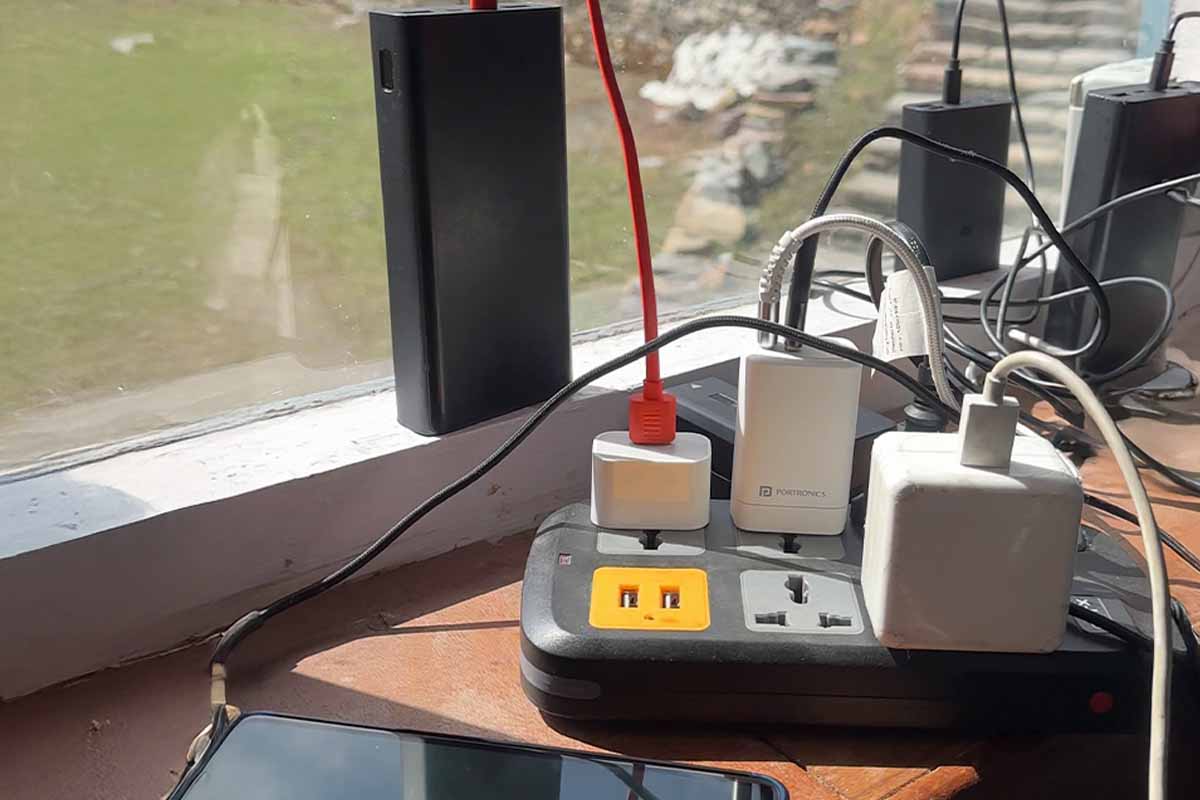
For most trekkers, this is a blessing. After a day or two of frustrating connections, most switch off. No emails, no notifications, just the sound of boots on gravel, prayer flags flapping in the wind, and real conversation around a fire.
A digital detox imposed by the Himalayas may be exactly what you never knew you needed.
9. You’ll Fall in Love with the Silence
Even after the blisters, long hiking days, uncomfortable sleeps, there comes a moment on every Himalayan trek where everything just stops. Maybe you are sitting on a quiet ridge watching the sunrise paint the beautiful peaks in the shades of yellow and gold. Maybe it is during a break on the trail, with nothing but the wind, and your own heartbeat for your company. That silence, it is not empty, it is full. Filled with presence, with silence, with something old and sacred that the modern world has almost forgotten.
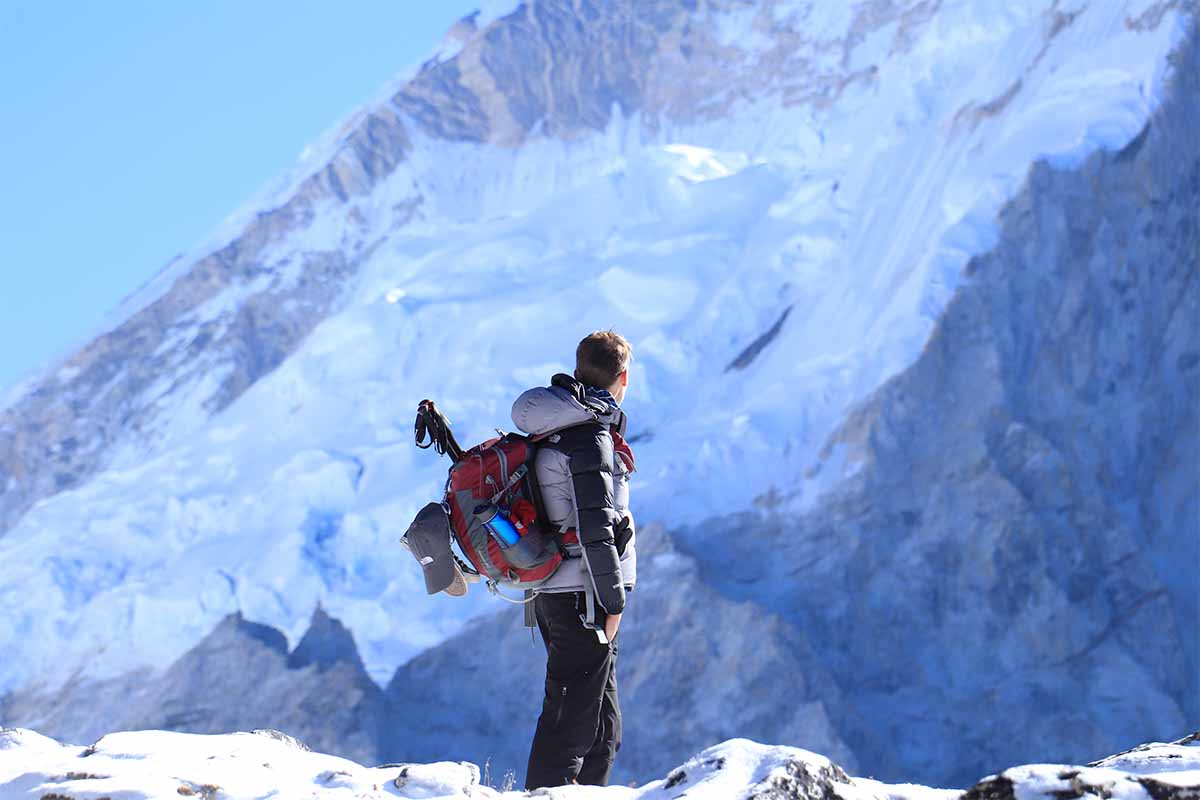
No traffic, no ringing phones, no endless to-do lists. Just you and the mountains, and the realization that this silence isn’t just loneliness, it’s the peace you needed. For most trekkers, this is the most emotionally personal part of the trek.
You came for the views, the test, maybe even a break from the ordinary. But what you carry away is something less easy to put your finger on — a deep inner knowledge that stays with you long after you're gone.
10. You’ll Return Different
They don't tell you about this part either, the way the Himalayas quietly change you.
Out there, free from comfort and distraction, you realize the mountain doesn't care who you are, what you've done, or how many come after you. It desires something far more deeper: presence, humility, strength. And in return, it offers clarity.
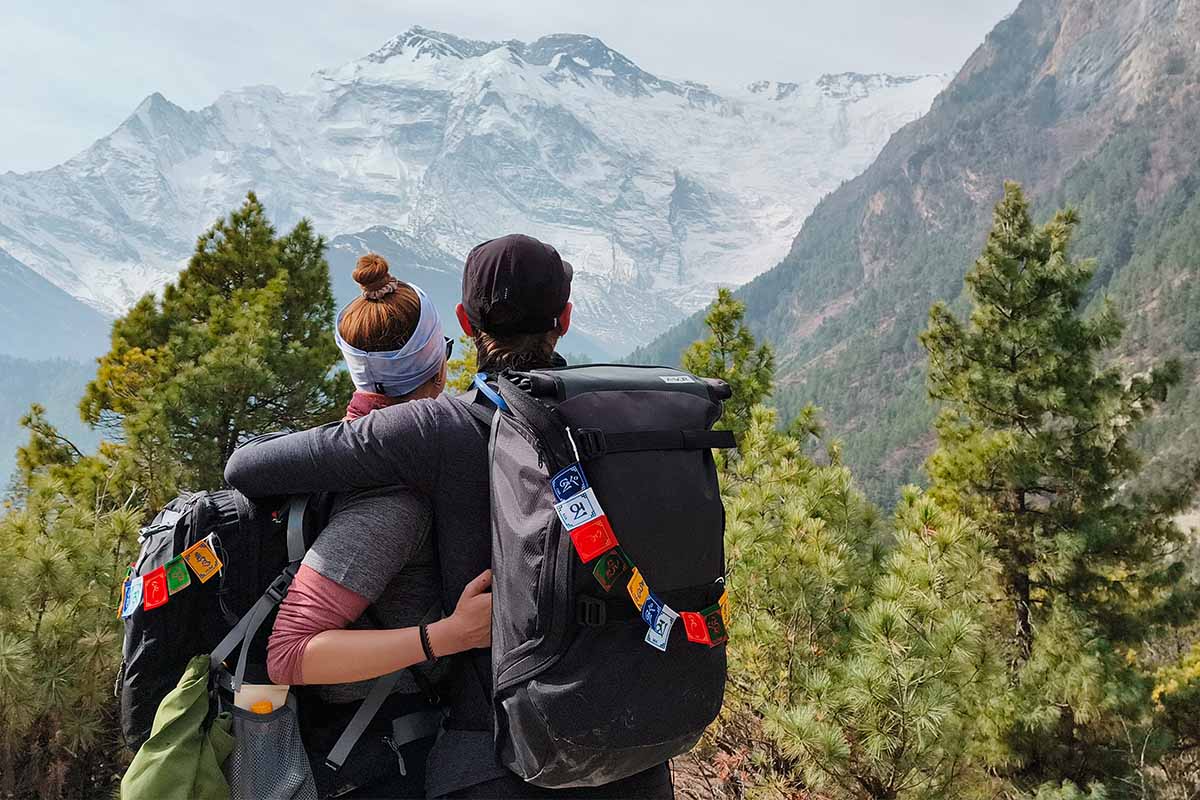
You'll return with legs that are sore yet strong and a heart that is even stronger. The little things you previously complained about in your home will not fall so heavily on your shoulders. You'll learn to appreciate running water, warm beds, and even the Wi-Fi that you vowed to do without on the trail. But most importantly, you'll come back grounded, reminded of how little we are, and how much we can do.
And despite the uncomfortable encounters, you’ll miss it all. You’ll talk about it endlessly. And yes, the chances are, you’ll start dreaming of your next trek before your muscles have even recovered. Because once the Himalayas touch your soul, you’re never quite the same again.
At the End
Trekking in the Himalayas is not just an adventure. Yes, it's beautiful, but what about the rawness of it all that stays with you? The early-morning cold, sometimes sleepless nights, the shared meals, the silent trails, and the kindness of strangers, all adding up to something much more profound than a bucket-list hike.
The mountains don't easily impress or please. They challenge you, strip you of your ego, and send you back with a simpler, more accurate version of yourself. They remind you that you don't require much to survive, a hot cup of tea, a dawn in the clouds, the sound of your own breathing as you stumble along one step at a time.
If you’re thinking of trekking in the Himalayas, definitely go, but go prepared not just for the physical demands, but for the emotional and mental shifts that come with it. Bring your trekking boots, yes, but also bring your patience, your humility, and your sense of wonder. Be ready to slow down, to disconnect from your digital world, and to connect deeply with nature, with locals, with fellow trekkers, and with yourself.
You may return with sore legs, messy hair, and a phone full of dusty trail pictures yet more importantly, you’ll come back with stories that can’t be fully explained, only felt. You’ll return with a softer heart, a stronger spirit, and a longing to be back in the silence of the high passes.
Because the truth is — the things they don't tell you? Those are the reasons why they keep coming back.














